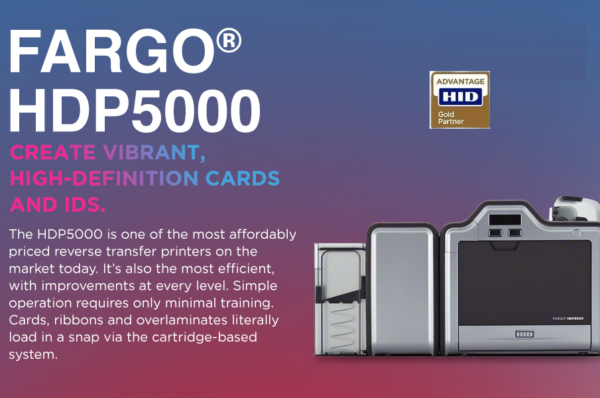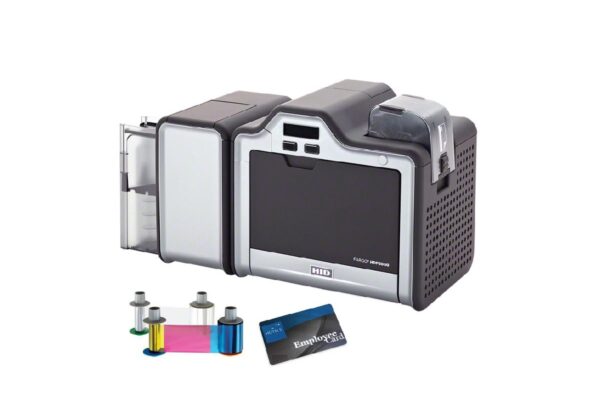The difference between proximity cards and iCLASS card, both are:
- Contactless smart cards
- HID Proximity functions at the 125 kHz low frequency
- Whereas both HID iClass and HID Seos operate at the 13.56 MHz high frequency.
- HID Seos cards share similarities with iClass cards
- Both offer an additional layer of security.
- Used primarily for access control systems, but they operate differently and offer different levels of security and functionality.
Proximity Cards
- Technology:
Radio Frequency Identification (RFID): Proximity cards typically use RFID technology operating at 125 kHz.
Passive Operation: They do not contain a battery and are powered by the reader. - Communication:
Short Range: These cards have a short read range, usually between 2.5 to 20 inches (63.5 mm to 508 mm), depending on the reader and environmental factors.
Security:
- Basic Security: Proximity cards have limited security features and can be cloned relatively easily. They generally store a simple identifier that is sent to the reader.
Limited Data Storage: They primarily store a unique identifier (UID) and have little to no data storage capacity. - Usage:
Access Control: Commonly used in access control systems for buildings, parking garages, and similar applications.
iCLASS Cards
Technology:
High-Frequency RFID: iCLASS cards operate at 13.56 MHz and are based on more advanced RFID technology.
Smart Card Features: They include microprocessor chips that enable secure data storage and processing.
Communication:
- Secure Communication: iCLASS cards support more secure communication protocols and can handle complex data transactions.
- Encryption: Data communication between the card and reader is encrypted, offering higher security against cloning and interception.
- Security:
Advanced Security: iCLASS cards provide multiple layers of security, including mutual authentication, data encryption, and secure key storage. - Data Storage: They offer more substantial data storage capacities, allowing for multiple applications on a single card, such as access control, time and attendance, and secure printing.
- Usage:
Versatile Applications: The main difference between proximity cards and iCLASS card, both are use for access control. The iCLASS cards can be used for cashless vending, biometric verification, and other secure identification applications.
Summary
- Proximity Cards: Basic RFID technology, short-range communication, limited security, primarily used for access control.
- iCLASS Cards: Advanced RFID technology, secure communication, enhanced security features, versatile applications beyond access control.
- Proximity card Reader
- Proximity card vs RFID: The RFID cards usually have a longer reading range than proximity cards. This enables the RFID card to be waved at a slightly greater distance to activate the reader. In contrast, proximity cards may require closer proximity to the reader, but they often respond faster due to their simpler communication process.
- Proximity Card price
- Difference between iClass and iClass SE: iCLASS SE cards offer enhanced security features in comparison to standard iCLASS cards.
- iClass Card
- Mifare Card
- HID iCLASS frequency
- HID iCLASS SE READERS



